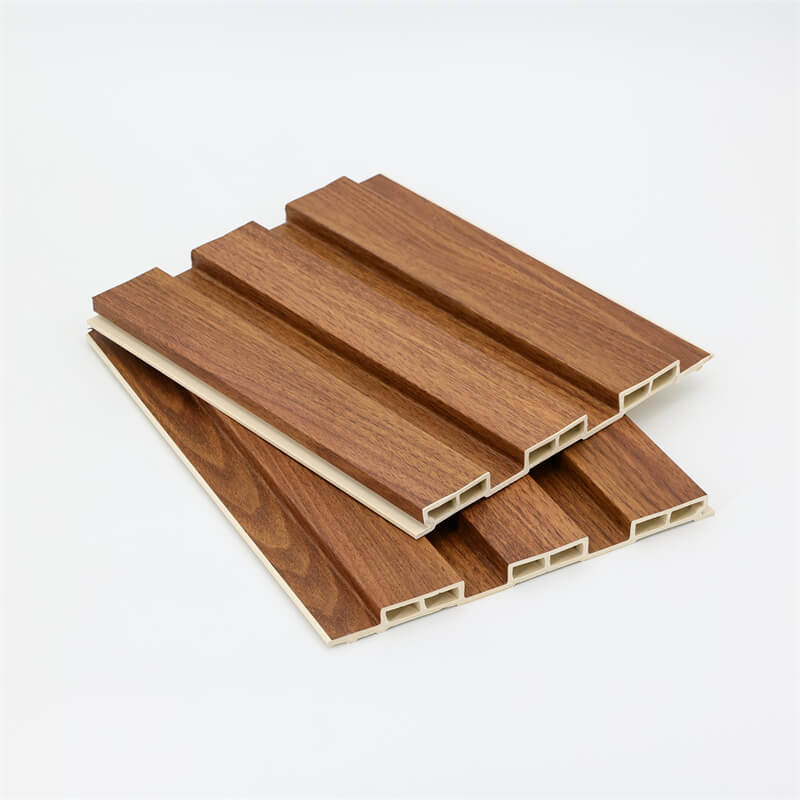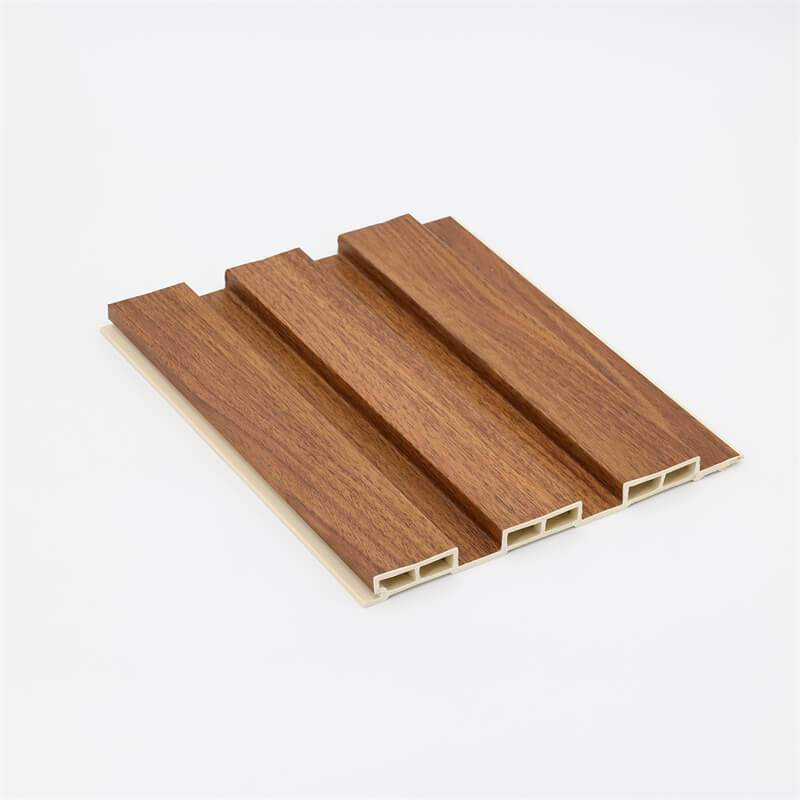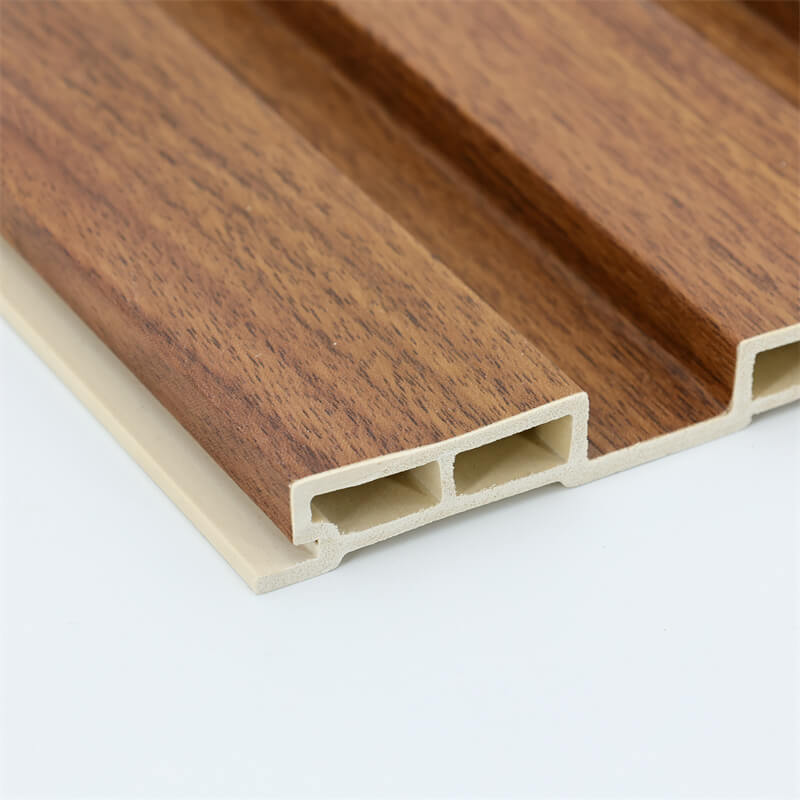
WPC (Wood Plastic Composite) siding panels have revolutionized the construction industry with their exceptional durability, versatility, and energy efficiency.
These innovative panels combine the natural beauty of wood with the strength and resilience of plastic, making them an excellent choice for enhancing the exterior of residential and commercial buildings.
In this article, we will delve into the key benefits of WPC siding panels, including their durability, versatility in design, energy efficiency, and considerations for selecting reputable manufacturers and suppliers.
Durability and Longevity
One of the primary advantages of WPC siding panels is their remarkable durability.
These panels are engineered to withstand the harshest weather conditions, including extreme temperatures, high humidity, and heavy rainfall.
Unlike traditional wood siding, WPC panels are resistant to rot, warping, cracking, and pests, ensuring a long-lasting and low-maintenance solution for your building’s exterior.
Furthermore, WPC panels are UV-resistant, preserving their color and preventing fading over time.
By investing in WPC siding panels, you can enjoy a durable and attractive exterior that will withstand the test of time.

Versatility in Design and Aesthetics
WPC siding panels offer a wide range of design options and aesthetics, allowing you to customize the appearance of your building.
Whether you prefer a traditional or contemporary look, WPC panels can be tailored to suit your desired style.
These panels come in various sizes, profiles, and finishes, enabling you to create unique architectural features and enhance the overall curb appeal of your property.
From lap siding and vertical panels to shingles and trim, WPC siding panels offer versatility in design, giving you the freedom to bring your vision to life.
Energy Efficiency and Environmental Sustainability
Another significant benefit of WPC siding panels is their energy efficiency, which contributes to reduced heating and cooling costs.
The insulation properties of WPC panels help maintain a comfortable indoor temperature by preventing heat loss in the winter and heat gain in the summer.
This thermal efficiency not only enhances the comfort of occupants but also reduces the reliance on artificial heating and cooling systems, leading to lower energy consumption and a smaller carbon footprint.
Additionally, WPC panels are often made from recycled materials and can be recycled themselves, making them an environmentally sustainable choice for eco-conscious builders and property owners.

Selecting Reputable Manufacturers and Suppliers
When considering WPC siding panels for your project, it is essential to choose reputable manufacturers and suppliers who prioritize quality and customer satisfaction.
Conduct thorough research to identify manufacturers with a proven track record and positive industry reputation.
Look for certifications and quality control processes that ensure the panels meet or exceed industry standards.
Additionally, consider the production capabilities and capacity of the manufacturer’s factory, as well as their ability to meet project deadlines.
When selecting suppliers, assess their reliability, responsiveness, and ability to provide competitive pricing.
Request samples and references to evaluate the performance and durability of their WPC siding panels.
WPC siding panels offer a myriad of benefits, including durability, versatility in design, energy efficiency, and environmental sustainability.
These panels provide a long-lasting and low-maintenance solution for enhancing the exterior of buildings, while also contributing to reduced energy consumption and a greener environment.
By selecting reputable manufacturers and suppliers who prioritize quality, you can ensure that your project benefits from the full advantages of WPC siding panels.
Experience the durability, versatility, and energy efficiency of WPC siding panels and transform the exterior of your building into a beautiful and sustainable space.
